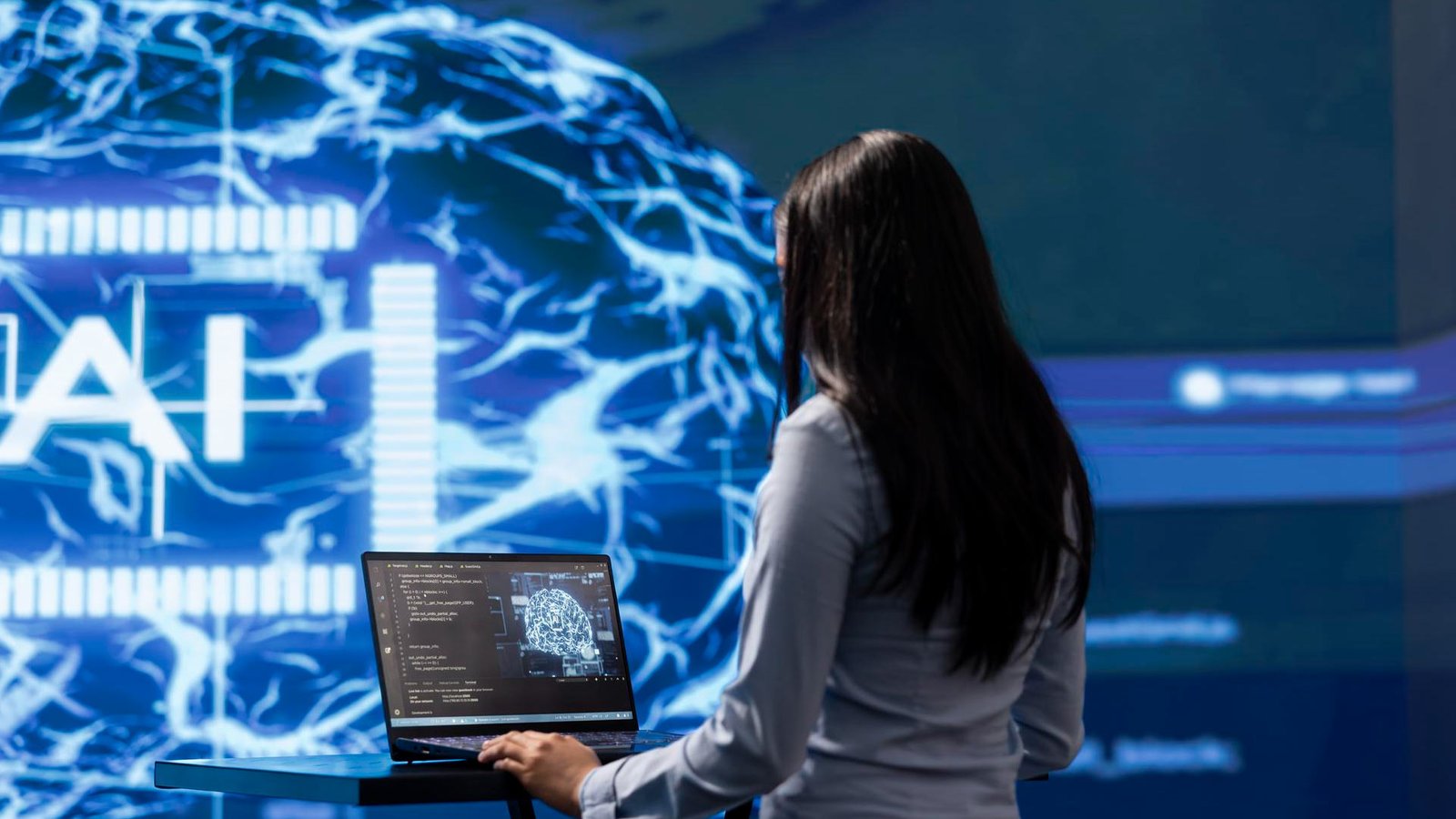Explore the key challenges, chip innovations, and algorithm shifts shaping the future of quantum computing in 2025.
Every year, breakthroughs in quantum computing (QC) get closer to reshaping the digital and industrial landscape. From ultra-secure encryptions to supercharged simulations, QC is no longer theoretical—it’s on the threshold of commercial reality.
So, what does this mean for businesses, developers, and tech decision-makers?
In this blog, we’ll briefly introduce quantum computing and its significance, then unpack three critical aspects you must understand in 2025—from cryptographic overhauls to chip-level innovation and software hurdles. Each of these components is a vital cog in the machinery driving our future.
Table of Contents:
1. A New Cryptographic Standard
2. Quantum Computing Chip Challenges
3. Need for New Algorithms
Final Thoughts
1. A New Cryptographic Standard
The very power that makes quantum computing so promising also threatens the foundation of today’s cybersecurity. Why? Because quantum machines can break traditional encryption models—rendering RSA and ECC-based protocols ineffective.
In response, the US National Institute of Standards and Technology (NIST) is leading the charge in post-quantum cryptography by developing a quantum-resistant cryptographic standard. These new protocols will protect both public and private sector systems from the inevitable rise of quantum threats.
Why this matters: Organizations must stay ahead of compliance requirements and transition strategies to future-proof their data environments. By 2026, regulatory frameworks may mandate encryption schemes that resist quantum decryption.
2. Quantum Computing Chip Challenges
A quantum computing chip is not your run-of-the-mill processor. It has qubits—quantum bits that can exist in several states at once, allowing exponentially faster calculations than classical bits.
But fabricating these chips is a high-risk balancing act. They’re profoundly sensitive to extraneous noise, need cryogenic cooling, and are confronted with enormous scalability and error-correction hurdles.
How are quantum computing chips made?
In contrast to conventional silicon-based chips, quantum chips have the need for special fabrication facilities in many cases, using superconducting materials, ion traps, or photonic circuits. Google, IBM, Intel, and D-WAVE are each developing their own different architectures and materials, with different degrees of success.
A hopeful development in this field is the Digital Quantum Management (DQM) System-on-a-Chip, which embeds quantum control electronics onto one chip. This could reduce latency, enhance coherence time, and scale quantum processors cost-effectively.
Still, production remains expensive, slow, and accessible only to elite institutions or government-funded labs.
Why this matters: As quantum computing shifts toward real-world use cases, the industry must solve chip manufacturability, stability, and integration challenges to drive adoption across sectors.
3. Need for New Algorithms
Even the most powerful quantum chips can’t function without software that understands their logic—and this is where we hit another major roadblock.
The need for new algorithms built specifically for quantum environments is becoming more urgent. Traditional software isn’t designed to leverage the unique properties of qubits such as superposition or entanglement.
Access to actual quantum hardware is limited and error-prone. As Dr. Joel Wallman, co-founder of Quantum Benchmark, aptly puts it:
“Access to quantum computers is currently akin to access to mainframes in the ‘60s—limited, unreliable, and experimental.”
Without robust algorithms and development frameworks, companies can’t experiment, iterate, or commercialize quantum solutions at scale. The lack of real-time debugging tools and simulators further slows progress.
Why this matters: Enterprises that invest now in quantum-ready developers and algorithm prototyping will have a first-mover advantage when quantum computing becomes more democratized.
Final Thoughts
Quantum computing isn’t a far-off fantasy—it’s an ongoing, developing frontier. From reshaping cybersecurity standards to revolutionizing chip production and re writing algorithms from the ground up, it’s changing the very fabric of digital infrastructure.
An appreciation of these three pillars—quantum chip challenges, cryptographic standards, and new algorithms required—is no longer a choice. It’s something that forward-thinking organizations need to understand.
Firms that invest early in quantum awareness, infrastructure, and collaboration will be well placed to capitalize on its disruptive power.
Explore AITechPark for the latest advancements in AI, IOT, Cybersecurity, AITech News, and insightful updates from industry experts!

